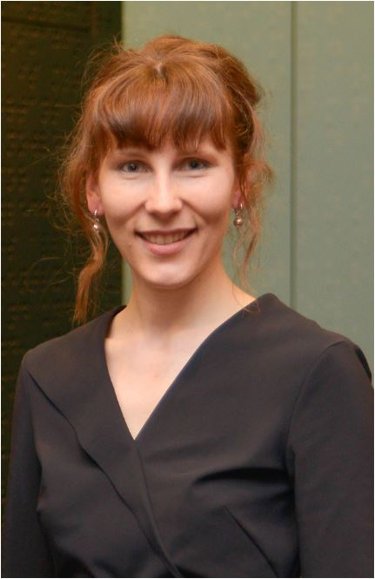Supercritical water desalination: Development of a zero liquid discharge process for the treatment of concentrated brine waste
Due to the COVID-19 crisis measures the PhD defence of Surika van Wyk will take place (partly) online in the presence of an invited audience.
The PhD defence can be followed by a live stream.
Surika van Wyk is a PhD student in the research group Sustainable Process Technology (SPT). Her supervisor is prof.dr. S.R.A. Kersten from the Faculty of Science and Technology.
 Supercritical water desalination (SCWD) is a promising zero liquid discharge (ZLD) technology for the treatment of concentrated brine waste streams found in industry. This method of desalination utilises the non-polar nature of water under supercritical conditions (T > 374 °C and P > 220 bar), to separate freshwater from a saline feed. Under supercritical conditions, a saline mixture containing salts such as NaCl, KCl, CaCl2 and MgCl2 (salts typically found in industrial brines) will form a pseudo-vapour-liquid equilibrium (VLE) with the low concentration supercritical water (SCW) stream representing the vapour phase and the concentrated hydrothermal brine representing the liquid phase. The SCWD process of this study was designed for the separation between the low-density SCW phase and high-density hydrothermal brine phase. The high-density hydrothermal brine phase was then expanded to obtain steam and salt. The goal of this thesis was the further development of the SCWD process aimed at the application for the treatment of concentrated brine waste streams.
Supercritical water desalination (SCWD) is a promising zero liquid discharge (ZLD) technology for the treatment of concentrated brine waste streams found in industry. This method of desalination utilises the non-polar nature of water under supercritical conditions (T > 374 °C and P > 220 bar), to separate freshwater from a saline feed. Under supercritical conditions, a saline mixture containing salts such as NaCl, KCl, CaCl2 and MgCl2 (salts typically found in industrial brines) will form a pseudo-vapour-liquid equilibrium (VLE) with the low concentration supercritical water (SCW) stream representing the vapour phase and the concentrated hydrothermal brine representing the liquid phase. The SCWD process of this study was designed for the separation between the low-density SCW phase and high-density hydrothermal brine phase. The high-density hydrothermal brine phase was then expanded to obtain steam and salt. The goal of this thesis was the further development of the SCWD process aimed at the application for the treatment of concentrated brine waste streams.
This research was a combination experimental and theoretical modelling work. The experimental investigation was carried out on both small (1 mL/min) and large (5 kg/h) scale laboratory SCWD units. Small-scale experiments were performed to investigate the phase behaviour of multi-component salt-water mixtures in order to access the applicability of the process for the treatment of multi-component brines found in industry. The large-scale experiments were performed to demonstrate the feasibility of SCWD on a larger scale and to experimentally investigate heat transfer and brine expansion. The experimental results were also used for the validation of the modelling. Thermodynamic modelling was done to calculate the properties of the high-pressure, high-temperature salt-water mixtures necessary for process calculations. Process calculations were performed to optimise heat transfer and reduce the overall energy consumption of the SCWD unit, and to upgrade the brine recovery section to achieve ZLD. The main conclusions of the research was that the SCWD process is suitable for the treatment of concentrated waste brines due to the decrease in energy consumption and brine treatment price with feed increasing concentration.

